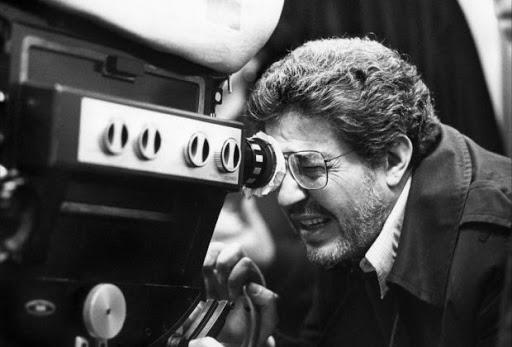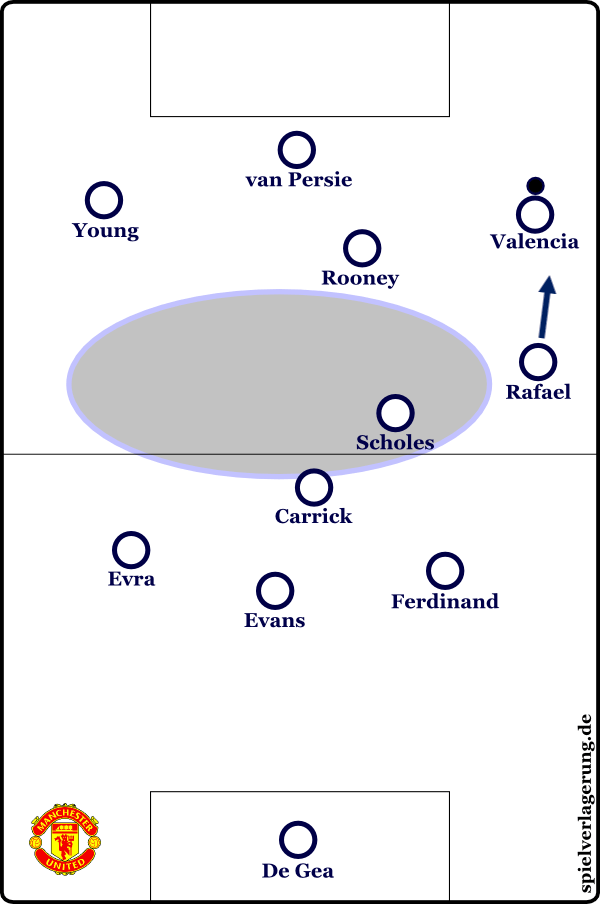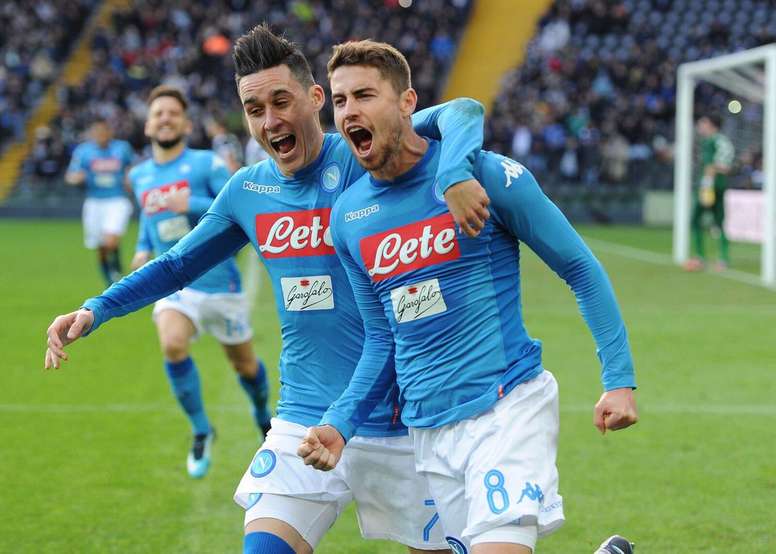
Unsung Heroes: Regista
Regista is a term often employed in Italian football, which directly translates to “director”. Firstly, role of a Regista was to direct the field of play from a deep midfield position, allowing the player playing there to defend when the opposition was attacking, but quickly pivoting and turning defence into attack. Similar to a Deep Lying Playmaker, which we covered here, a Regista needs to have the strength of a defender to recuperate lost balls and tackle their attacking counter parts. However, they also need the technical skills to be able to play long balls across the pitch, effectively turning a defensive position into an attacking one. We will explore the differences between both roles.
Regista: A History
A Regista has been used throughout footballing history as a player who can dictate the game from his deep position in midfield. The role’s simplest version was someone who could play long balls across the pitch to his more attacking teammates. Charlie Roberts mastered the role at Manchester United in the early 20th century, which saw him win the league twice with the club in 1908 and 1910. Later, Vittorio Pozzo, who admired Charlie Roberts’ creativity, used Luisito Monti as a Regista in the Italian national side. Monti not only used his own creativity to play long balls towards his teammates but was also tasked with man-marking the opposition’s Deep Lying Forward. This is where the Regista saw a more physical side.
Growth
As football grew, roles did too. In the 1950’s, we saw the rise of the Inside Forward’s during Hungary’s domination of world football, meaning more static man-marking defences were made futile. The Regista was stripped of his creative freedom due to the flurry of players around him. As European football saw their creative outlets being played as more attacking midfielders, exceptions were made to the rule. Regista’s were now seen as redundant, with an overload of players stripping them of any utility in a midfield duo. In the 1970’s, Gerson was used as a Regista alongside his athletic partner, Clodoaldo. The fluidity and athleticism of both allowed an exception to the midfield duo, compensating any overloads created by the opposition.
Regista-lotti
Carlo Ancelotti‘s diamond formation allowed a reintroduction to the ‘proper regista’. Andrea Pirlo was being used as a Regista in a midfield trio alongide Genarro Gattuso and Clarence Seedorf. The narrowness of the midfield three allowed Pirlo to be shielded from the oppositions pressing, and with no wingers in the squad, but instead two attacking mifielders and one striker, the full backs would often turn into wing backs and make space for Pirlo to work his magic.
Two Roles
Regista’s aren’t only about creativity, however. In fact, there are two types of Regista’s that we can see in modern football, some even playing both roles at once. A Regista can play a destructive role for his team, breaking up opposition movement before laying off a pass to someone a bit more creative, which also allows players more time to move up the pitch in a counter attack. He can also play a constructive role for his team, wherein he would pick up loose balls in his own half, or be a target for passing after a Ball Winning Midfielder or Defender has picked up the ball, and play it forward to his more attacking players.
Destructive Role

In the 2012/13 season, Jonathan Wilson claimed Michael Carrick was key to Manchester United’s success. Playing alongside Paul Scholes in the midfield, his job would be to hunt down opposing players before playing it to Scholes, who would then find one of the wingers in Antonio Valencia and Ashley Young, or one of the strikers in Wayne Rooney and Robin Van Persie. He needed good positioning to be able to break up play, but also needing good intelligence to be able to read the play in the first place. His role here was more a defensive one, taking less risks and winning the ball back. This type of Regista is almost that of a Ball Winning Midfielder, but is much more mobile and not subjected to remain in one spot for the whole game. What made this Manchester United team so good, though, was that Carrick, when failing to find Scholes, would take it upon himself to find that defence splitting pass, leading him to become a constructive midfielder…
Constructive Role

We could also speak of Michael Carrick here, as he was a very good constructive regista. However, we are going to look someone else. Jorginho is someone who is not very popular after his move to Chelsea. Creative football isn’t suited as much in England as it is in other countries. So, for this purpose, we will look at Jorginho’s role for Napoli instead of Chelsea. Generally employed as part of a midfield three, Jorginho is shielded by Hamsik and Allan, the two midfielders who would sit a bit high up the pitch. Allan’s physicality and strength would allow him to win the ball in a deep position, which he would then pass to Jorginho. With Hamsik moving up the pitch in a more attacking position, Jorginho would pick out a pass to one of the attacking four. Jorginho is a perfect example of a construtive Regista, who would often being the focal point of the team. Other players were used to either win the ball back for him, or be subjects of one of his defence splitting passes.
Use in Game
Unfortunately, the Regista role comes only as a defensive midfielder and only as a support option, so using either a constructive or a destructive Regista is limited. However, player roles and team roles can definitely improve upon this to make your man in midfield the focal point of your team.

In this Chelsea tactic, I used Jorginho in the base of midfield to be the focal point of the squad. As you can see, player instructions can be defined so your player can be either of the roles I mentioned above. With Kanté beside him winning the ball back, and Barkley moving forward as a Box to Box midfielder, Jorginho has both space and time and pick out that perfect pass, with Pedro and Willian advancing on the wings and Tammy Abraham spearheading the attack. This is a good example of a Regista in the game, who is, for all intents and purposes, very similar to a Deep Lying Playmaker.
Difference
The difference is that a Regista is often considered more aggressive than a Deep Lying Playmaker. Instead of remaining in one position and trying to play a ball forward, they can also move forward with the ball before laying it off, being a bit more creative and taking more risks. In the player instructions, the option ‘take more risks’ is a instruction that cannot be removed. As always, there is no right or wrong way to play with a Regista, but in any case I sincerely hope that this article has helped you choose to play with a Regista or not.
Did you like this article? Want to read more?
4 thoughts on “Unsung Heroes: Regista”
Nice reading!
How about sharing the tactic for Chelsea you have there?
Or could you share some info about the Chelsea tactic, Pi’s etc…
Hello Mikael, I’m the writer of this piece.
Firstly, thank you for your comment! It means a lot to me that you like the article.
Secondly, the Chelsea tactic is just the default preset for a Wing Play tactic, provided by FM in the tactic induction. I just switched the Defensive Midfielder to a Regista, and added the player instructions of ‘Closing down more’ and ‘Play shorter passes’. If you still have trouble, leave another comment and I’ll upload the tactic to the workshop for you.
Hope this helps!
Hi
Thanx, I’ll try it out. Having some trouble atm with many players not performing well at all. ST, DM and wingers/wide forwards.
I get back to you in a while 😉
Cheers